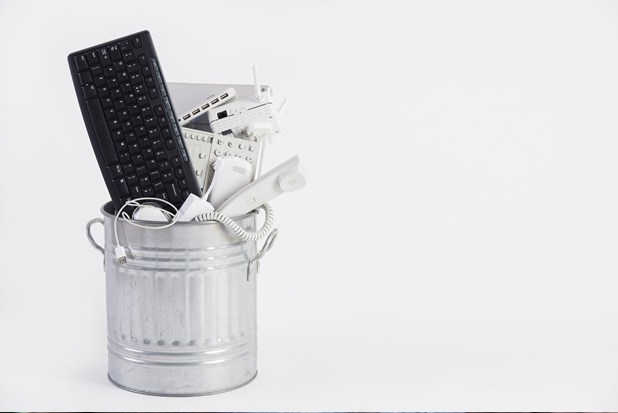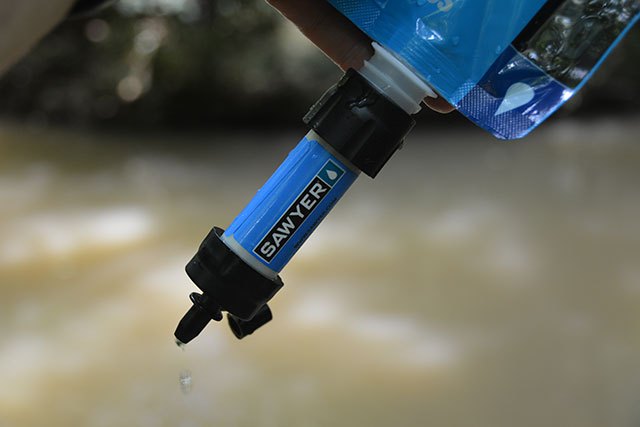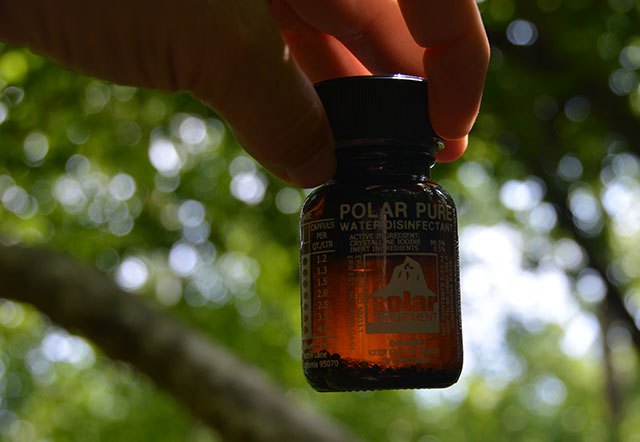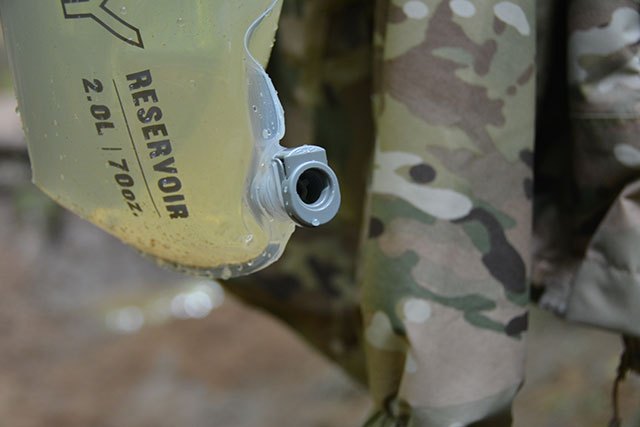10 Must Have Natural Remedies for Preppers
Imagine women giving birth centuries ago or imagine you suffer from some critical injury or serious ailment. Centuries ago, there was not the concept of technology and there certainly weren’t the advances in medical science we have today. Your best option would be to call the tribal medicine doctor or shaman. Someone who knew how to use a leaf as a bandage and how to break and pull a tooth out with a stone. Could you survive? Could you stay healthy? Could you even live long enough to see the next sunrise? Thinking of those types of situations now, it hardly seems possible, but we humans are tenacious and if it was impossible, then how did mankind make it this far? If modern medicines and advances in science are the only reason we are combating serious diseases now, then how did we make it this far?
The answer to this question is simple – Mother Nature has her own secrets. There are many who fear that humans won’t be able to survive without the conveniences of modern medicine. Granted, we won’t be able to save life on the scale that we can now, but there are natural options. Humans made it pretty far along the span of history without any complicated and advanced sciences. For sure there is something much greater reserved in nature. Today we will discuss 10 must-have natural remedies that will offer comfort and healing when the possibility of modern medicine is gone.
Apple Cider Vinegar
Everything from stomach related disorders, to boosting vitality, to counteracting diseases. Taken before supper, it even assists with weight reduction! Likewise, the vinegar is one of those ‘100 uses’ wonder items. The benefits of apple cider vinegar come from its powerful healing compounds, which include acetic acid, potassium, magnesium, probiotics, and enzymes.
Honey
Yes, the gift of God, the food of heaven, honey is one of those natural remedies that you need to have around in your house. The food of God, honey is both good for medicinal purpose and equally serves as a dessert. It includes vitamins, trace enzymes, amino acids, and minerals like calcium, iron, sodium chloride, magnesium, phosphate, and potassium.
Garlic
Consuming garlic on a daily basis (in food or raw) helps to lower cholesterol levels because of the anti-oxidant properties of Allicin. It is also immensely beneficial to regulate blood pressure and blood sugar levels
Coconut Oil

Coconut milk and coconut oil on wooden table
To date, there are over 1,500 studies proving coconut oil to be one of the healthiest foods on the planet. Coconut oil benefits and uses go beyond what most people realize. Research has finally uncovered the secrets to this amazing fruit; namely healthy fats called medium-chain fatty acids (MCFAs), these unique fats include: Caprylic acid, Lauric acid, and Capric acid
Hydrogen Peroxide
A slightly different solution, hydrogen peroxide is good for skincare and nurturing. We’re talking about 35% FOOD grade, which is NOT the same as what you normally purchase. The 35% grade can actually burn your skin if you put too much in one spot. But you can dilute a drop or so depending upon the requirement in a glass of water and you have a prophylaxis or potential cure.
Flax

Chia seeds are viewed as the ideal natural nourishment since they contain an excessive number of advantages to list here. More to it, who might trust that what gives off an impression of being simply one more “weed” with entirely blue blooms would be a characteristic of well-being.
Steam Water – Distilled Water
The most important health benefit distilled water offers is the elimination of waterborne contaminants that may potentially be found in water. Drinking contaminated water is one of the fastest ways to spread disease, toxic metals, and industrial pollutants.
Red Chili

Red chili pepper
Looking for immediate skincare of for some nerve pain relief, the red chili is your spicy go-to product. Beware heavy eating can bring about some serious trouble. Proceed with caution.
Bergamot

Bergamot is also a good source of vitamins and is said to have super anti-oxidant and other unique properties that enhance well-being and promote anti-aging. Exemplified by all the dancing and bike riding you see 100-year-old Italians doing.
Aloe Vera
This is viewed as an attempted and demonstrated must have mending plant that as a rule is related to skin medicines, particularly consumes, yet it is much more flexible than simply that. Make ointments and medicine from a mix of coconut oil, aloe, and nectar for astounding skin revival properties.
In her work entitled The Forgotten Power of Plants, Dr. Nicole Apelian describes in more than 300-pages the most powerful medicinal plants and step-by-step instructions on how to turn them into powerful remedies.
Check out the off-grid recipe section that will give you the best natural alternatives to every pill in your medicine cabinet.
Imagine women giving birth centuries ago or imagine you suffer from some critical injury or serious ailment. Centuries ago, there was not the concept of technology and there certainly weren’t




























